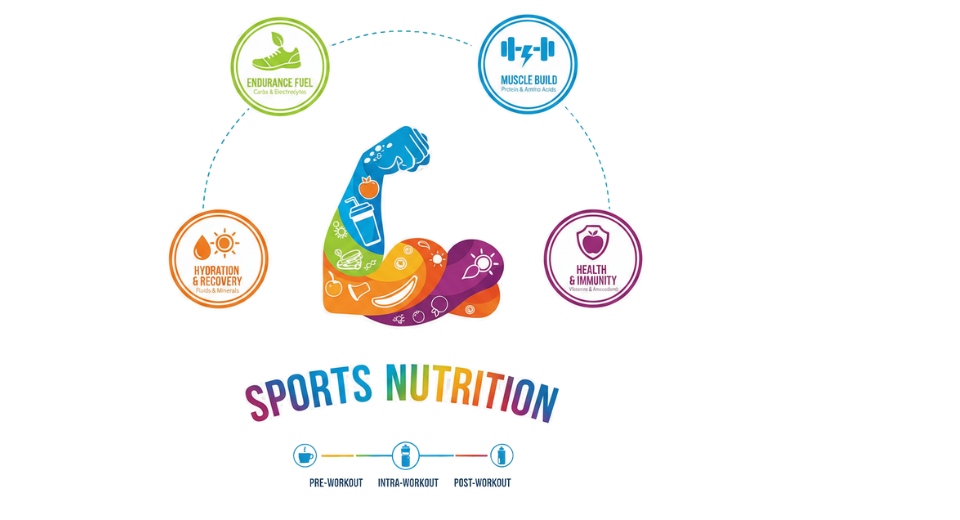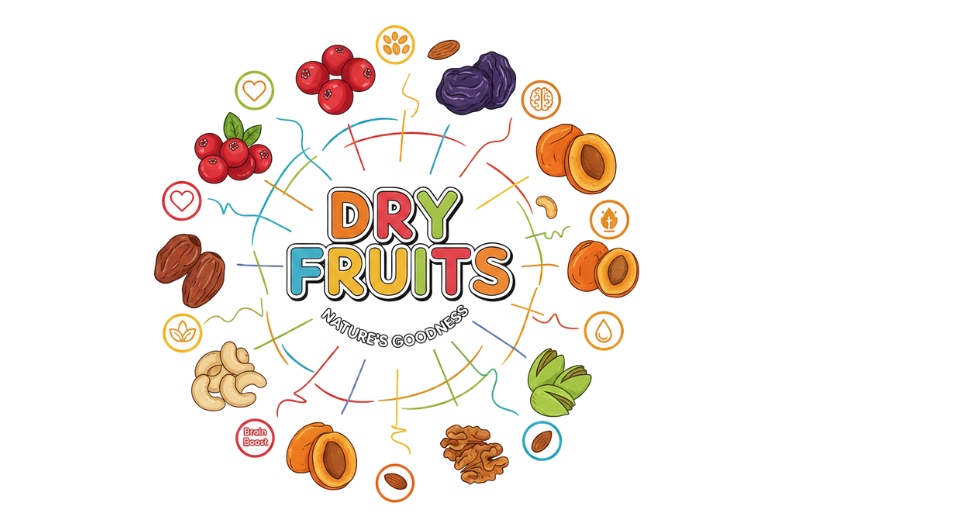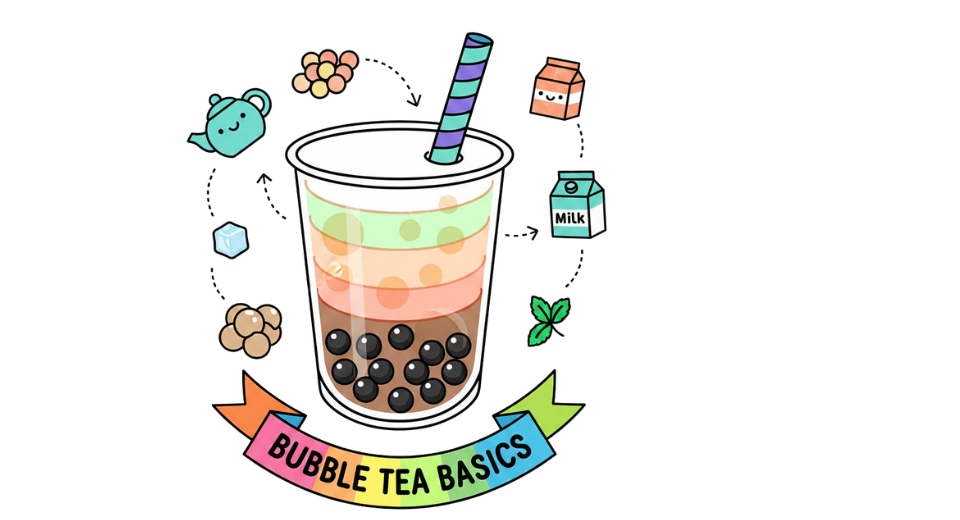Global Vermouth Market - Comprehensive Data-Driven Market Analysis & Strategic Outlook
The global vermouth market has evolved from a specialty niche of fortified wines into a powerful segment of the larger alcoholic beverage market. Its history started with 18th-century Italy, where herb infusions in wine were developed not for the social occasion but for medicinal purposes. These scented mixtures eventually made their way into social environments, evolving from pharmacy shelves to tavern counters. The first commercial production began in Turin, with producers like Antonio Benedetto Carpano establishing the standard for what vermouth would be a mix of art, craftsmanship, and local identity.
- Global vermouth market with a value of about USD 12.9 Billion in 2025, growing at a CAGR of about 6.3% by 2032 and with potential to surpass USD 19.7 Billion.
- Sweet Vermouth account for nearly 58.4% market share, driving innovation and expanding applications through intense research.
- Key trends driving growth: Rising popularity of cocktails and mixology culture, Growing consumer preference for premium and craft alcoholic beverages
- Opportunities include: Expansion in ready-to-drink (RTD) vermouth-based beverages
- Key insight: The market is set to grow exponentially in value over the next decade, highlighting significant growth opportunities.
- As the 19th century progressed, the global vermouth market grew throughout Europe, gaining popularity in France and Spain before crossing seas to be established in North America.

It became culturally known when bartenders started using it to create cocktails like the Martini and Negroni, which became a turning point in its international reputation. The beverage became a connection between craftsmanship of the old world and social culture in the new era, integrating within both casual and upscale tradition. In the 20th century, the market was presented with new challenges due to industrialization and mass production altering the expectations of consumers. Automation accelerated production but also required precision in maintaining the fine herbal balance that characterizes vermouth.
At the same time, changing regulations on alcohol content, labeling, and import controls reconfigured trading patterns, prompting producers to adjust recipes and labels for various regional markets. In recent years, the market will keep developing by means of innovation in experimental flavor development and environmentally friendly production practices. Curiosity and eco-conscious consumers nowadays will look for authenticity combined with novel sensory experience.
Small producers will appear on top of traditional brands, presenting new local botanicals and organic wines as a base to appeal to sophisticated tastes. Online sales and digital marketing will impact distribution, bringing small producers directly to international consumers once controlled by big conglomerates. In the future, the global vermouth market will likely be a blend of its historic European roots and global reinterpretations. It will not just maintain its historical heritage but will also rebrand itself for a generation that gets its story, its craftsmanship, and its sense of cultural connection through the glass.
Market Segments
The global vermouth market is mainly classified based on Product, Packaging, Distribution Channel.
By Product is further segmented into:
- Sweet Vermouth: The global vermouth market for Sweet Vermouth is demonstrating consistent growth because of its extensive application in cocktails and also as an aperitif. The ratio of sweetness and herby flavour draws clients who like a rich and creamy beverage. Rising demand from restaurants and bars keeps on fueling its market growth.
- Dry Vermouth: The global dry vermouth market finds major demand due to cocktail culture as well as high-end drink demand. Its fresh flavor and herbal complexity lead it to pair well with traditional and contemporary blends. Increased popularity among professional bartenders and domestic consumers underpins ongoing market growth in most regions.
- Bianco Vermouth: The global bianco vermouth market sees growing demand due to its light and slightly sweet taste. The product has a favorable appeal among those looking for a balanced option in between the sweet and dry variants. Increasing use in social drinking and cocktail making is the key driver of overall sales growth in the segment.
By Packaging the market is divided into:
- Glass Bottles: The global vermouth market is in favour of glass bottles because they conserve flavour and aroma while providing a premium appearance. Glass packaging is optimised for high-end and premium brands, pulling customers who prefer authenticity. Environmental advantages and recyclability also enhance growth in this packaging segment.
- Plastic Bottles: The market for plastic bottles increases primarily because of convenience and reduced price. Plastic packaging is light, convenient to handle, and ideal for quick service environments. While less frequent for high-end brands, it appeals to price-savvy customers and helps with greater coverage across markets.
- Others: global vermouth market also consists of other packaging formats like cans and tetra packs. These have also been attracting attention for their portability and convenience in storage. Increasing interest in consumption in ready-to-drink format sustains innovation in packaging, addressing new consumption patterns and lifestyle shifts.
By Distribution Channel the market is further divided into:
- Off Trade: The global vermouth market through off trade channels includes sales from retail stores, supermarkets, and online platforms. Consumers prefer buying Vermouth for home use, encouraging steady retail sales. The increasing presence of e-commerce platforms has improved accessibility, making it easier to reach a wide customer base.
- On Trade: The market through on trade channels covers bars, restaurants, and hotels. These outlets play a key role in promoting Vermouth-based drinks and cocktails. Rising social gatherings and the popularity of mixed beverages continue to strengthen this distribution channel, ensuring consistent market performance.
|
Forecast Period |
2025-2032 |
|
Market Size in 2025 |
$12.9 Billion |
|
Market Size by 2032 |
$19.7 Billion |
|
Growth Rate from 2025 to 2032 |
6.3% |
|
Base Year |
2024 |
|
Regions Covered |
North America, Europe, Asia-Pacific, South America, Middle East & Africa |
By Region:
- Based on geography, the global vermouth market is divided into North America, Europe, Asia-Pacific, South America, and the Middle East & Africa.
- North America is further divided into the U.S., Canada, and Mexico, whereas Europe consists of the UK, Germany, France, Italy, and the Rest of Europe.
- Asia-Pacific is segmented into India, China, Japan, South Korea, and the Rest of Asia-Pacific.
- The South America region includes Brazil, Argentina, and the Rest of South America, while the Middle East & Africa is categorized into GCC Countries, Egypt, South Africa, and the Rest of the Middle East & Africa.

Growth Drivers
- Rising popularity of cocktails and mixology culture: The global vermouth market is witnessing strong growth as more consumers are embracing cocktail and mixology culture. Bars, restaurants, and even home consumers are experimenting with diverse cocktail recipes, increasing the use of vermouth as a key ingredient. This shift in drinking habits has significantly boosted market demand and brand visibility.
- Growing consumer preference for premium and craft alcoholic beverages: An increasing number of consumers are looking for high-quality and authentic drinking experiences, which has encouraged the demand for premium and craft vermouth. Small-scale producers focusing on unique flavors and traditional production methods are gaining attention. This preference for quality over quantity continues to drive steady growth in the market.
Challenges and Opportunities
- Strict regulations on alcoholic beverage production and distribution: The global vermouth market faces challenges from strict government policies controlling alcohol production and distribution. Complex licensing procedures, labeling requirements, and advertising restrictions limit flexibility for manufacturers. These legal boundaries often slow expansion efforts and increase operational costs for both established and emerging brands.
- High taxation and import duties in certain regions: High taxes and import duties imposed on alcoholic beverages in various countries pose a major obstacle to market growth. These added costs affect product pricing and make vermouth less accessible to a larger audience. Many producers struggle to maintain competitive pricing while meeting local tax and import regulations.
Opportunities
- Expansion in ready-to-drink (RTD) vermouth-based beverages: A growing opportunity in the global vermouth market is the rise of ready-to-drink vermouth-based beverages. Consumers seeking convenience and new flavour experiences are turning toward RTD options. Producers introducing innovative packaging and easy-to-consume formats are likely to attract a broader audience and strengthen brand presence in multiple markets.
Competitive Landscape & Strategic Insights
The global vermouth market stands at an important turning point, shaped by both tradition and innovation. The industry is a mix of international industry leaders and emerging regional competitors, creating a dynamic space where quality, branding, and consumer preference drive progress. Leading names such as Martini & Rossi, Cinzano, Carpano, Adnams, Noilly Prat, Ransom Spirits, Contratto, Dolin, Giulio Cocchi Spumanti, Yzaguirre, La Quintinye Vermouth Royal, Vya Vermouth, Gancia, Belsazar, El Bandarra, Lo-Fi Aperitifs, Casa Mariol, and Bacardi continue to influence the direction of the market through constant product development and marketing strategies.
In recent years, the market has experienced renewed interest due to changing consumer habits. Many people are now more drawn to craft beverages and unique flavor profiles, which has encouraged both established producers and smaller regional brands to focus on authenticity, local sourcing, and creative infusions. This shift has opened new opportunities for emerging players to compete with long-standing brands, as consumers increasingly appreciate the diversity that smaller-scale producers bring to the table.
From a futuristic viewpoint, the market will likely see continued growth driven by innovation in production methods and sustainability efforts. Brands are expected to adopt advanced technology for fermentation and blending processes, improving both efficiency and consistency. Sustainability will become a major focus, as environmental awareness among consumers continues to rise. Packaging innovations, reduced carbon footprints, and organic ingredients are expected to become key factors influencing purchasing decisions.
Digital transformation will also play a strong role in shaping the industry’s future. E-commerce platforms and social media marketing will help Vermouth producers reach global audiences more effectively. Personalized marketing, guided by data analytics, will allow brands to connect with niche consumer groups who value exclusivity and craftsmanship. This digital shift will particularly benefit regional competitors, who can now build international recognition without relying on traditional distribution channels.
The hospitality and tourism sectors will further contribute to market growth, as Vermouth continues to gain popularity in cocktail culture and fine dining. Restaurants and bars worldwide are incorporating Vermouth-based drinks into their menus, helping to expand awareness and appreciation for the product. Educational campaigns and tasting events are expected to enhance consumer understanding, highlighting the versatility and heritage of Vermouth.
Market size is forecast to rise from USD 12.9 Billion in 2025 to over USD 19.7 Billion by 2032. Vermouth will maintain dominance but face growing competition from emerging formats.
In the years ahead, competition among the key players will remain intense. Brands will continue to refine their products while exploring innovative flavor combinations that meet the evolving tastes of a global audience. Collaborations between international producers and local artisans may become more common, combining traditional expertise with fresh regional influences. Through creativity, sustainable practices, and digital innovation, the global vermouth market is set to maintain steady growth and establish a stronger presence in the world of premium beverages.
Report Coverage
This research report categorizes the global vermouth market based on various segments and regions, forecasts revenue growth, and analyzes trends in each submarket. The report analyses the key growth drivers, opportunities, and challenges influencing the global vermouth market. Recent market developments and competitive strategies such as expansion, type launch, development, partnership, merger, and acquisition have been included to draw the competitive landscape in the market. The report strategically identifies and profiles the key market players and analyses their core competencies in each sub-segment of the global vermouth market.
Vermouth Market Key Segments:
By Product
- Sweet Vermouth
- Dry Vermouth
- Bianco Vermouth
By Packaging
- Glass Bottles
- Plastic Bottles
- Others
By Distribution Channel
- Off Trade
- On Trade
Key Global Vermouth Industry Players
- Martini & Rossi
- Cinzano
- Carpano
- Adnams
- Noilly Prat
- Ransom Spirits
- Contratto
- Dolin
- Giulio Cocchi Spumanti
- Yzaguirre
- La Quintinye Vermouth Royal
- Vya Vermouth
- Gancia
- Belsazar
- El Bandarra
- Lo-Fi Aperitifs
- Casa Mariol
- Bacardi
WHAT REPORT PROVIDES
- Full in-depth analysis of the parent Industry
- Important changes in market and its dynamics
- Segmentation details of the market
- Former, on-going, and projected market analysis in terms of volume and value
- Assessment of niche industry developments
- Market share analysis
- Key strategies of major players
- Emerging segments and regional growth potential








 US: +1 3023308252
US: +1 3023308252






